An Artificial Eye has a beginning and also a time to have it replaced.In this post, we will be discussing the 7 Life Cycle of an Acrylic Artificial Eye, from the time it's fitted by your Ocularist, up to the time when it needs to be replaced. The 7 Life Cycle of an Artificial Eye1. The NeedA Custom-made Artificial Eye is usually created to a person who recently loss his eye due to a disease or injury. In some cases, Doctors opt to no longer remove an Eye, and go straight ahead to putting a Scleral Shell Prosthesis. 2. The CreationA Professional will then start to create an Artificial Eye. It usually begins by getting the Shape of your Eye Socket. Usually started by injecting an Impression paste on the inside of the eye socket. 3. The ArtistryThen the details will be added, such as Color of the Sclera, Iris, the Blood Vessels and if there is a presence of Pterygium on the real eye. 4. The ComfortThe Prosthesis is finished and is made sure that scratches are absent during the fitting. 5. The Follow UpYour Doctor will ask you to do a follow up to check the surrounding tissue after you’ve been using the Artificial eye for quite some time. Questions like did you experience any problem, or did the eye rotate, may be asked to the patient. 6. The MaintenanceAfter 6 months or 1 year of wearing the Artificial Eye, it may be needed to bring the Artificial Eye back to the clinic for a Professional Polish. This is to remove all those dried up proteins left in the surface of the Artificial Eye. 7. The ReplacementThroughout the years, changes may occur on the tissues of your eye socket, which will affect your Artificial Eye experience in many things such as Rotating Eyes or Misdirected Eye, or in some cases irritated Eye Sockets. Kids do need to change their Artificial Eyes more often than Adults.
0 Comments
|
Welcome to my blogsiteThis is where my updates and stories about my practice in the art of making Artificial Eyes are posted Archives
July 2021
Categories
All
|
First time to wear prosthesis? Consultations are free!
|
HoursTues-Sat: 11:30am - 5:00pm
SM City Clark, Clark Field, Pampanga |
Telephone(045)499-0122
09324617478
09268903097
|
|

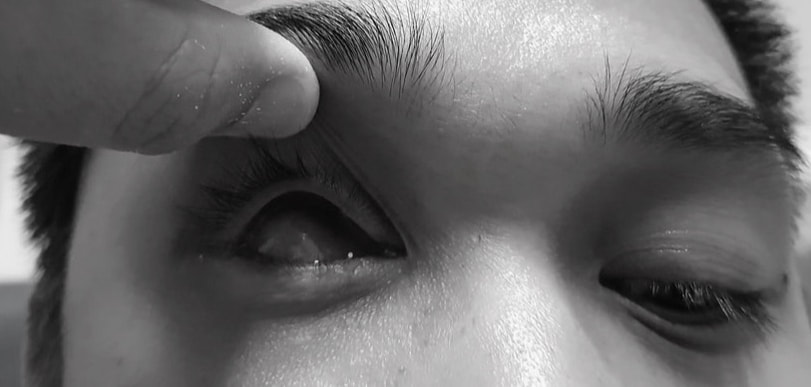
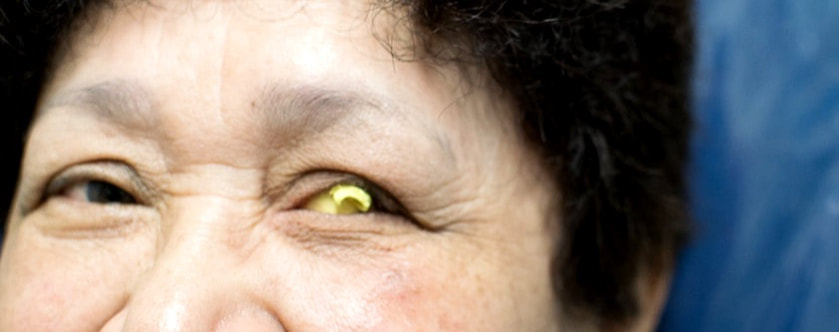
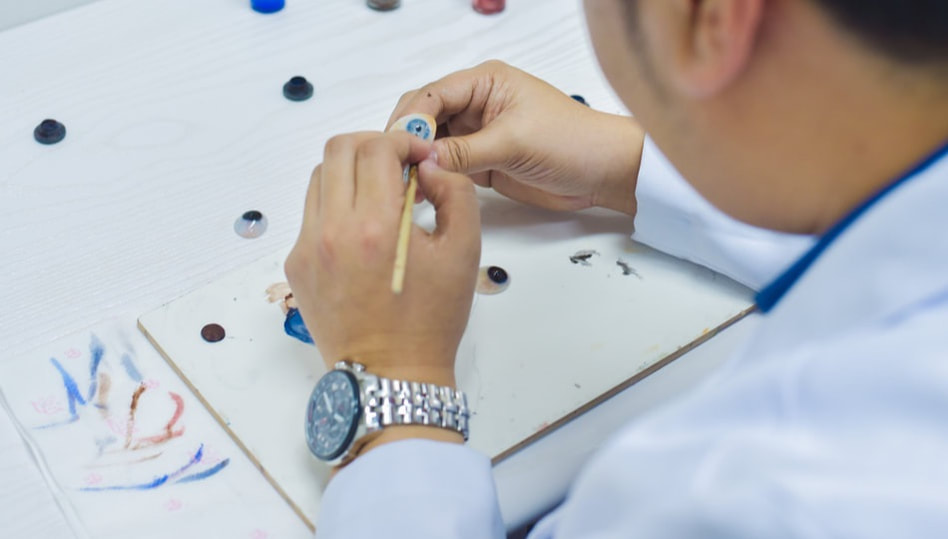
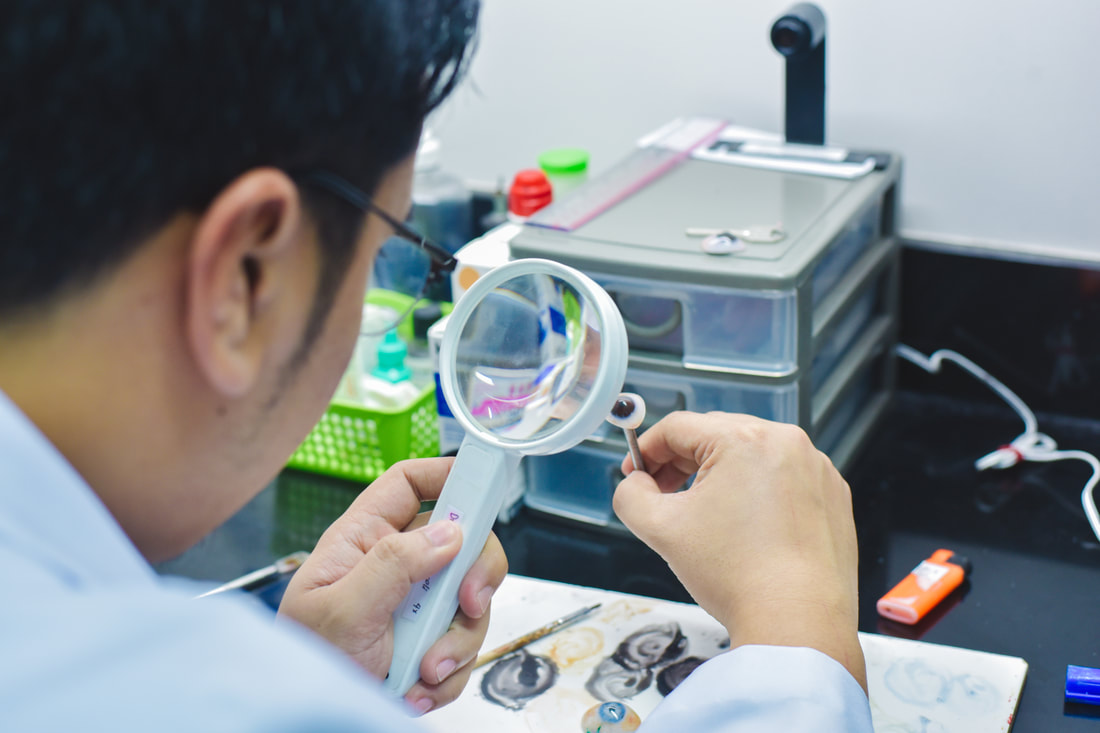
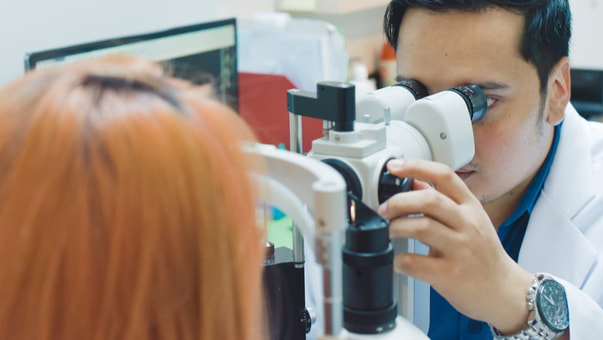
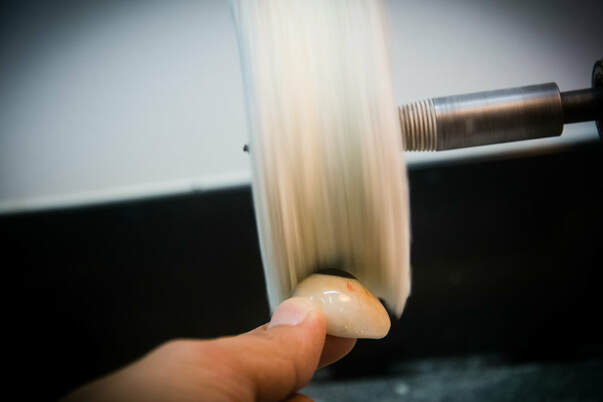
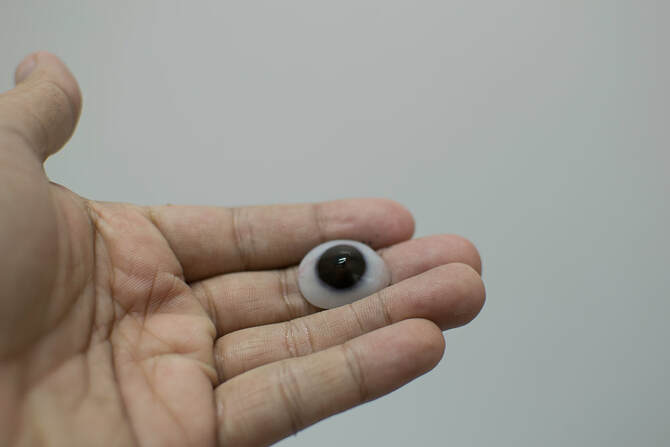
 RSS Feed
RSS Feed